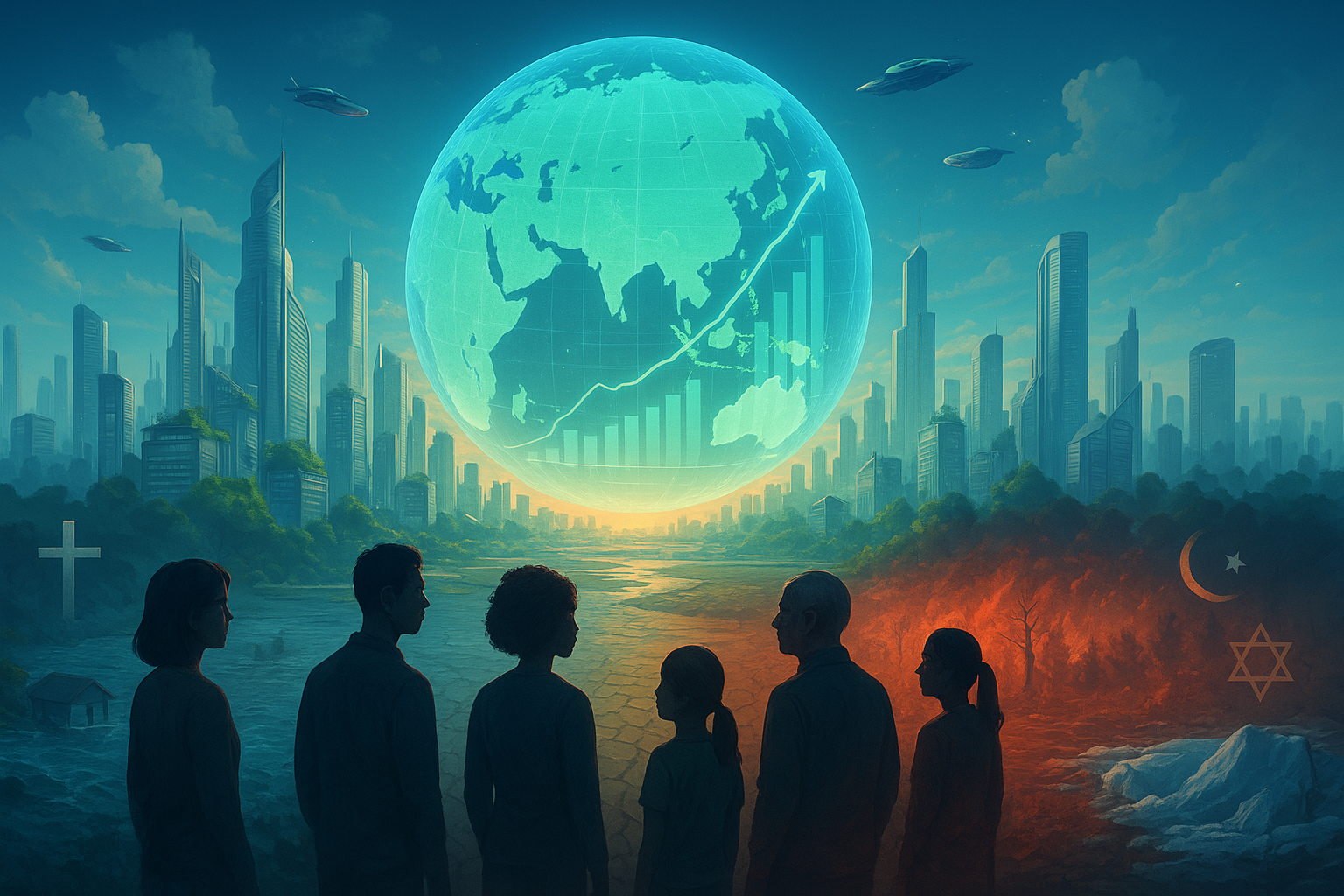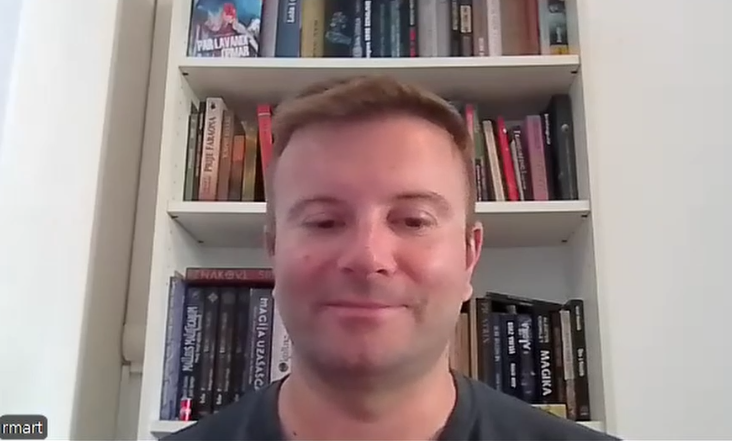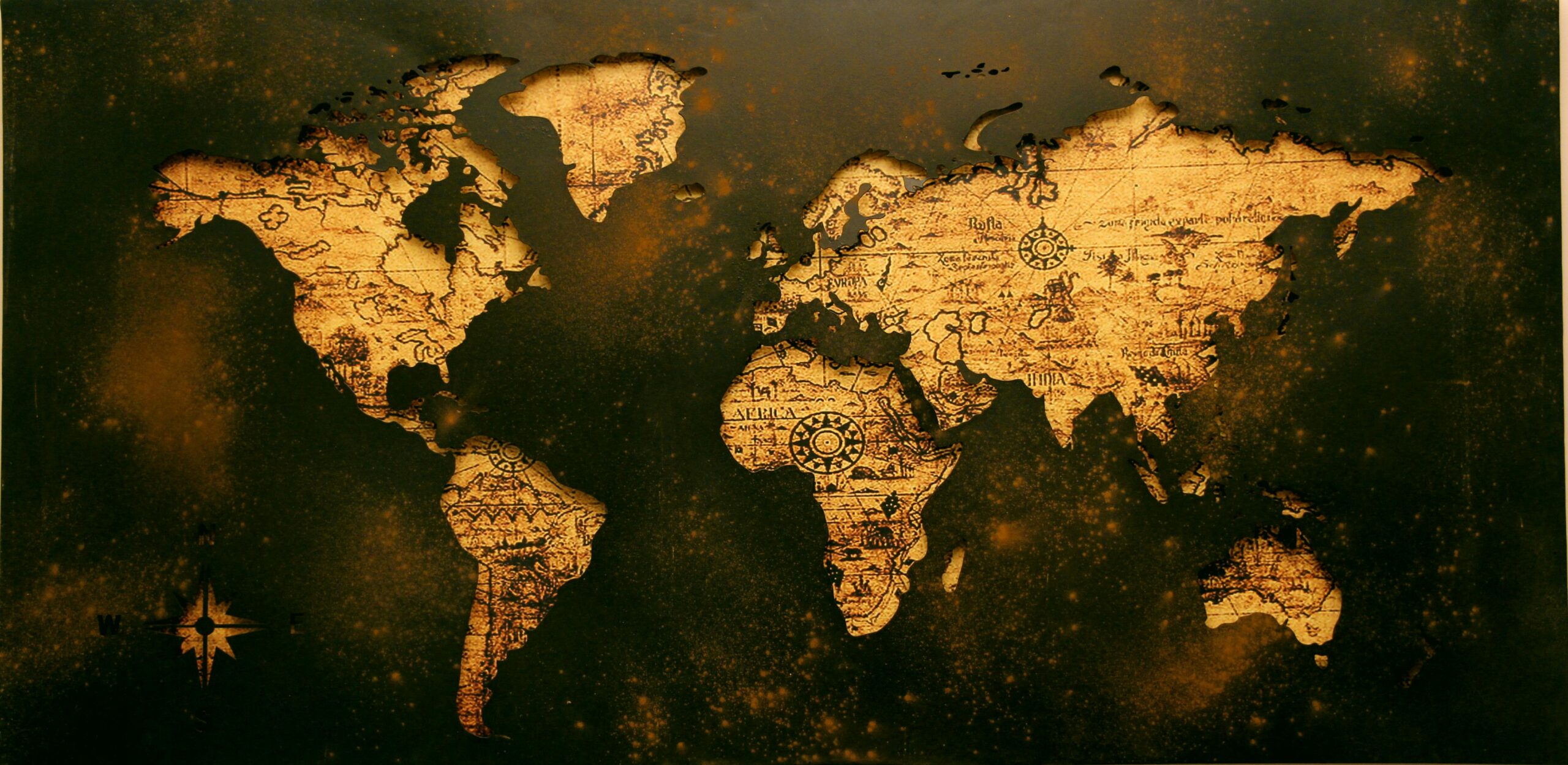By Matija Šerić
And now we come to what is most important — the geopolitical situation in 2050. It is difficult to predict with absolute certainty what will happen in 25 years, considering that 40 years ago, the geopolitical landscape was much different than today. In 1984, the USSR was the main rival to the United States, and many saw socialism and Marxism-Leninism as the way forward. Communism ruled large parts of the world, and it seemed that the capitalist camp would collapse first — yet the opposite happened. Few people predicted that radical Islamism would become the world’s main problem, or that the world would enter a unipolar era and begin to integrate despite all divisions. However, some projections for 2050 can be made with great confidence, while others are far less certain.
Nation-states will retain primacy
The world will continue to be divided into nation-states. The number of states will likely be higher than it is today. Some unsustainable states may collapse, while certain regions may rebel and seek independence. Catalonia, the Basque Country, Chechnya, and Kurdistan could become new countries. It is unquestionable that the great powers will remain powerful. The United States, Russia, China, India, and Brazil will continue to dominate world affairs — unless one of them disintegrates in the meantime. Naturally, China’s political power will rise dramatically, as will India’s.
China vs. the United States
By 2050, India could hold the same political weight that China has today — that is, as the world’s third or fourth major power — while China will compete with the U.S. for global leadership. In the coming decades, the United States will likely remain the single strongest world power, leading in academics, science, technology, economics, and military capability. However, China will increasingly challenge the U.S. in all these areas. Whether Beijing or Washington will surpass the other — that remains to be seen, as it is impossible to predict.
Major and minor powers
Russia, India, and Brazil have little to fear regarding their great power status, given their abundant potential. Other emerging economies, such as Indonesia and Turkey, could play major political roles in their respective regions, while their rise to global power status will depend on numerous factors. Smaller countries — such as Croatia, Serbia, Kazakhstan, or Mongolia — will certainly not become world powers, but they may play very important regional roles. The influence of major cities will grow. Super-developed cities may effectively become “city-states,” and it is not impossible that some metropolitan areas will seek independence from their home countries.
The vulnerability of multilateral organizations
While major powers will remain strong, the future of multilateral organizations is much harder to predict. What will happen to the EU, NATO, G7, G20, BRICS, or the Eurasian Economic Union? The European Union might collapse if Europeans fail to reach a common consensus on its function and purpose, though a more likely scenario is its reform — granting member states more tangible benefits and creating a balance within the Union. Alternatively, it might evolve into a looser community focused mainly on the free movement of people and goods.
Since China, rather than Russia, poses the greatest long-term challenge to both American and European political and economic power, we might see either the dismantling or reorientation of NATO — shifting its focus from Russia to China. The latter scenario seems more plausible, as Washington seeks to maintain its transatlantic partnerships. It is also clear that major European economies such as Germany and the UK are unlikely to welcome China’s rise as a superpower, and thus will remain aligned with their American partner.
Competition among great powers
Given that the U.S. and China will be the two dominant powers, Washington may strengthen alliances across the Asia-Pacific region by creating a kind of “Asian NATO,” while China will likely respond by building its own political-military bloc. These alliances would extend beyond Asia to the entire globe, potentially leading to a “Cold War 3.0” between Washington and Beijing. This would be a multi-layered conflict fought not through traditional military fronts but through media, economic, and technological means.
Russia’s influence will remain significant, but in the long run, it may lag behind the U.S. and China politically and militarily due to insufficient economic and demographic resources. Russia will remain an important global player, but it is unlikely to reclaim the top two positions — unless it finds a new formula for success that goes beyond its current dependence on multipolar rhetoric and energy exports. As fossil fuels are phased out in the future and global transport systems transition to alternative energy sources, major oil exporters — such as Gulf countries, Nigeria, and Venezuela — will face serious challenges.
Wars remain a constant
Although the number of wars worldwide has generally declined in recent decades, recent years have unfortunately reversed that trend. Wars tend to erupt where progress is insufficient. In countries lacking adequate social, political, economic, and technological development (e.g., the Middle East, Ukraine, South Asia), war is much more likely than in societies where citizens enjoy freedom of expression, thought, assembly, and association (e.g., Europe and North America). Wars will not disappear.
More democracy for the poor, less for the rich
It is likely that many dictatorships and autocratic regimes will collapse. Repressive governments in Saudi Arabia, Zimbabwe, Tajikistan, China, Cuba, and North Korea will either fall or be forced to liberalize. While today’s non-democratic nations may become freer, highly democratic countries may experience a decline in democratic quality. This paradox of the 21st century will have to be accepted as a reality. Free elections and basic human rights alone do not guarantee true democracy.
Current political ideologies such as liberalism and conservatism will likely continue to attract large audiences in 2050. However, it remains uncertain whether radical Islamism will persist at today’s level of influence. Other radical ideologies will likely emerge as a result of the lack of democracy and/or the failures of capitalism. Who knows — by 2050, capitalism itself may be replaced by a fairer and more inclusive system.
In any case, the coming decades will not be dull or slow but rather exciting, explosive, and full of surprises. Let us end with hope — that the world of 2050 will be a better place to live in than the world of 2025.
References:
The Economist: Megachange: The World in 2050
https://esa.un.org/unpd/wpp/Publications/Files/WPP2017_KeyFindings.pdf
http://www.un.org/apps/news/story.asp?NewsID=57028#.WVUYwnJSApt
http://www.pwc.com/gx/en/world-2050/assets/pwc-the-world-in-2050-full-report-feb-2017.pdf
http://www.therichest.com/rich-list/world/these-will-be-the-top-15-richest-countries-in-2050/
http://www.pewforum.org/2015/04/02/religious-projections-2010-2050/







